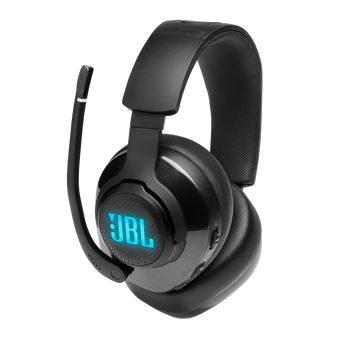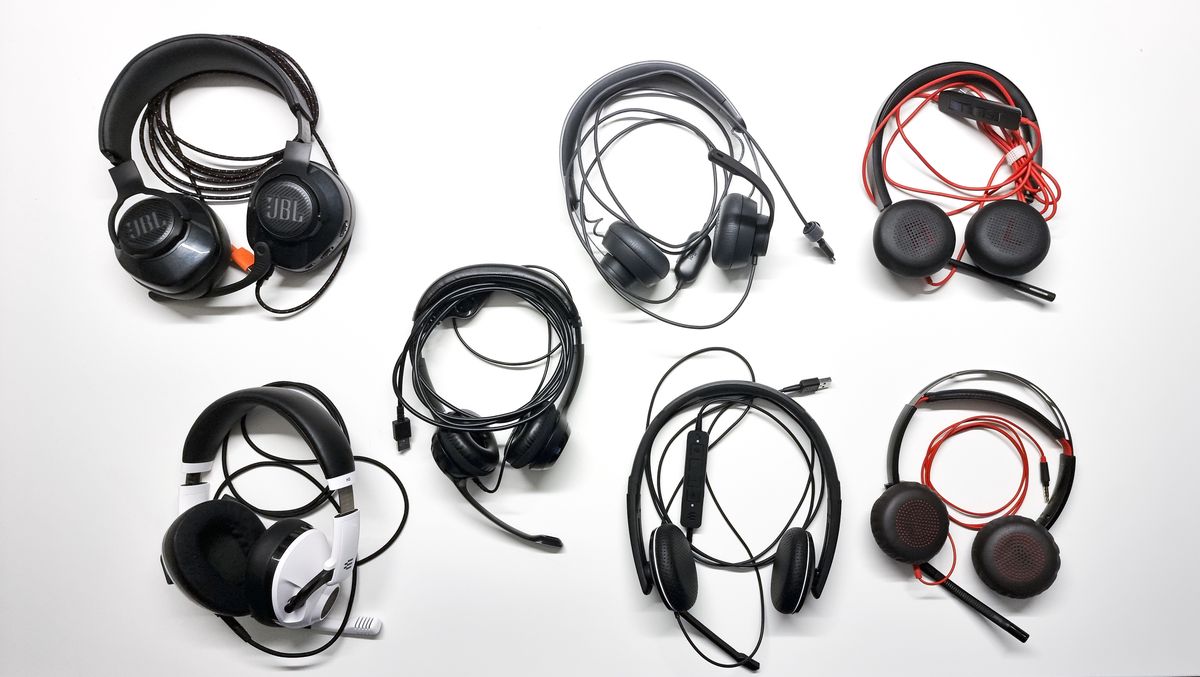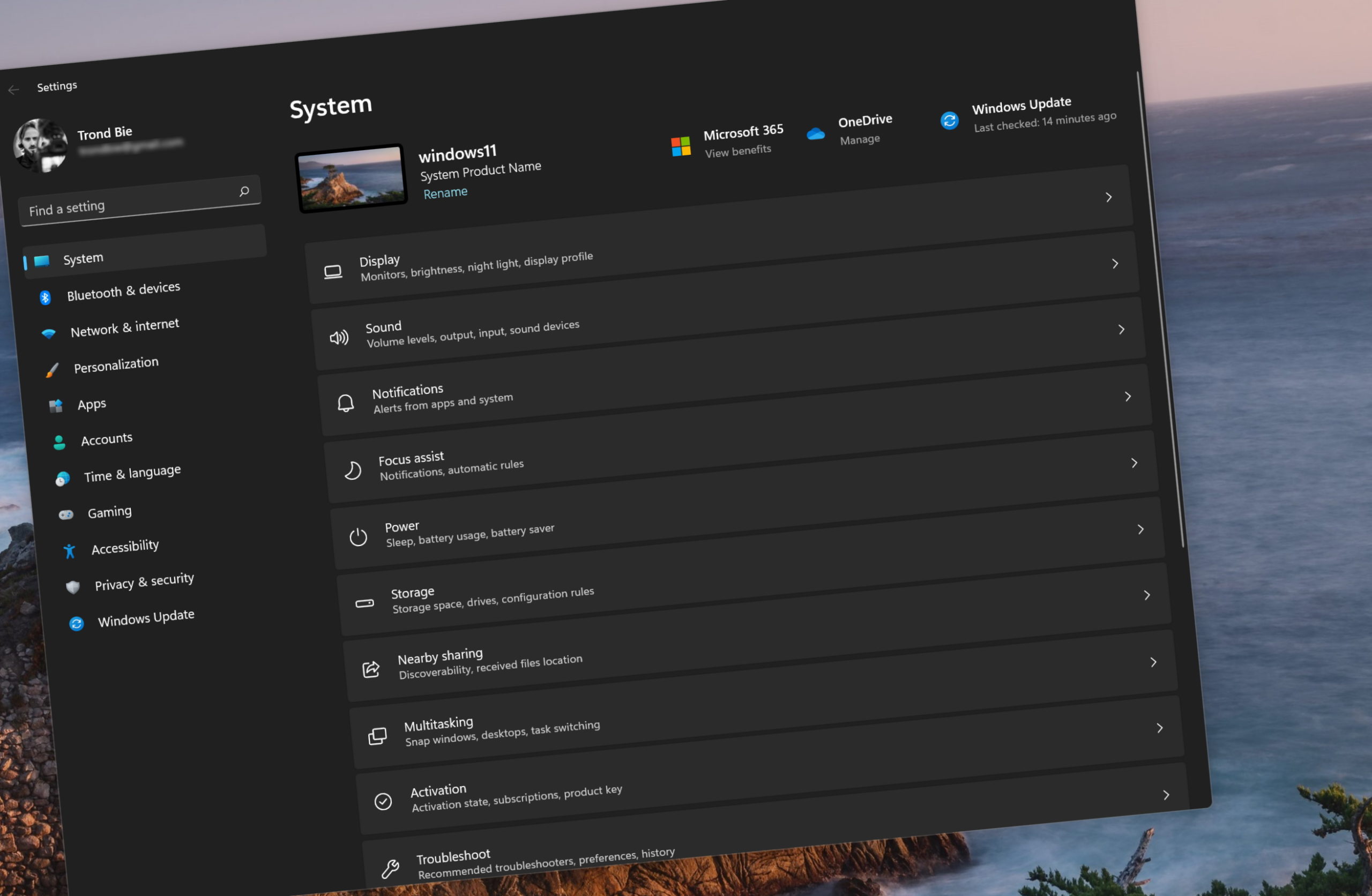The basis of this test is a separate discovery. Six years ago, the undersigned and Jan Moberg have been doing the podcast “Teknisk Sett”. Recorded in the studio or using portable wired recording equipment. But during the pandemic, it was necessary to enroll in a separate online program. Then we found out that the sound wasn’t good enough, despite the fact that we used high-end and expensive wireless headphones.
We suspected this had to do with the wireless connection via bluetooth which lowered the quality and caused some delay. We confirmed this when we purchased a pair of super cheap cable-based headphones with a built-in mic in a boom. The sound was noticeably better.
We asked Torben Christianen, Head of Technology at headphone maker Epos, to clarify this:
In a standard Bluetooth connection, there are fewer bits available for audio. It limits the sound, but an improvement is on the horizon. The new Bluetooth LE Audio standard will provide a significantly higher bitrate in the audio channel and will be compressed with better quality than the standard we use today, he says.
Today’s Bluetooth Classic has an audio bandwidth of 8 kHz and a sampling rate of 16 kHz. If you want better sound, it should go up to 16 and 32 kHz respectively. Wired headphones can easily reproduce an audio frequency range of up to 20 kHz.

Better with a dongle
Using Bluetooth directly to your PC also causes a time delay. Usually about 200 milliseconds, which is audible. With the dongle it can be reduced to 40 to 50 milliseconds.
No computer is particularly good at Bluetooth. They give priority to wifi that is in the common 2.4GHz frequency band. The dongle helps a lot and increases range at the same time. Although wired headphones have advantages today, I still believe that the future is wireless. The Bluetooth LE Audio standard, which has just been adopted as part of Bluetooth 5.2, will solve a lot. But remember that headphones, cell phones, PCs, and dongles must all support the standard, he says.
Christiansen hopes that they can then start sampling at 24 and 32 kHz, which will practically give a frequency range extending to 11 and 14 kHz. Wired headphones can reproduce up to 20 kHz.

cable for gamers
Players want the lowest possible lag and use mostly wired combos. Bluetooth LE Audio will have a lower time delay. Today, professional players are prohibited from using wireless connections. Not because of the delay but because of the possibility of fraud.
If you have headphones connected via analog, you will need microphones and special wind-damping materials to achieve noise cancellation. They reduce turbulence near the microphone and with digitally connected groups, you can get more complex noise cancellation without compromising frequency range.
– Here it is important to have good algorithms and make good use of them. It is possible to remove all microphone noise, but it will affect the sound. Of course, there is a lot of “sound debt” in this area. It’s important to transmit the voice so that it is well understood, says Christiansen, but it can still lack presence, as if the microphone is too close to the mouth.
the test itself
We tested the headphones with both music from Spotify and speech via the Whereby video conference.
There is a significant difference in sound from Spotify, for example it lacks the Poly Blackwire 8225 bass that music suffers from, while the Epos Adapt 165 USB has a much wider frequency range. This is of course fine when you are listening to music, but not necessarily an advantage when it comes to speech. Then too much bass can be tiring.
JBL reproduces both bass and treble wildly perfectly. These are the analog headphones that you plug into the 3.5mm audio port. The Epos H3 headphones aren’t far behind, but JBL should beat them and they’re a bit more expensive. Both have watches attached that provide good passive damping.
For video conferencing, it was surprisingly Epos Adapt 165 USB that ran away with a win. Both sets of watches approached. What you choose among these three depends on how much noise from the surroundings you want to keep out. It is more convenient to drop the laminated watches.
| Music reproduction arrangement | Clone audio music from Spotify on PC | Reproduce audio in video conference via Whereby | Conversation Rating | Contact | Lowest price in the price guide | |
| Epos Air Conditioner 165 USB | the third place | Balanced and “present” sound | Very good sound in both speaker and microphone | first place | USB A og 3.5 mm | 999 |
| 8225 | Sixth place | Small bass, mid-range and treble | Slightly woolly microphone sound, decent speaker sound | Sixth place | USB c | 1392 |
| JBL Quantum 400 | first place | Very good bass, mid-range and treble | Knyppn’s victory | 2nd place | USB A og 3.5 mm | 1190 |
| Logitech Wired Zone | fourth place | Good bass, very good midrange and disc | Good sound, good speakers | fourth place | USB c | 674 |
| Epos H3 | 2nd place | Open sound rich in bass, very good discs | Good sound, well dampens ambient noise. | the third place | 3.5 mm | 1099 |
| Poly Plantronics Blackwire C5220T
A 10 |
7th place | Nice voice, but nothing more | A little Sophie’s voice to the chat partner | 7th place | 3.5 mm | 614 |
| Logitech H390 | Fifth place | Surprisingly good for the price, even a little bass | Good sound, good speakers, uncomfortable pillows | Fifth place | USB A | 390 |
Prisguiden.no She is a business partner of Digi.no. They provide updated prices, price warnings and product information. You can read more about the pricing guide here »

“Web specialist. Lifelong zombie maven. Coffee ninja. Hipster-friendly analyst.”



